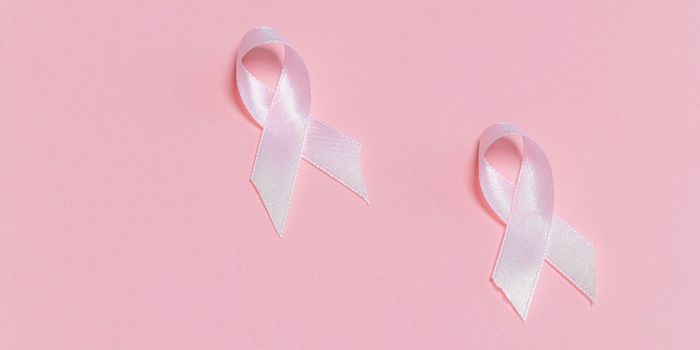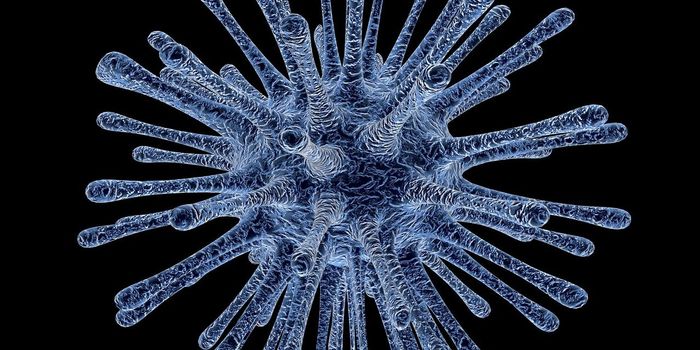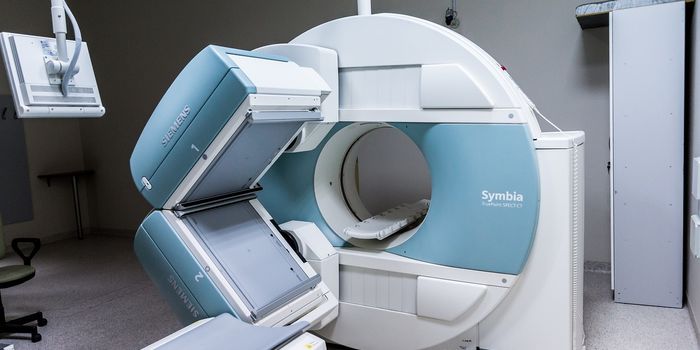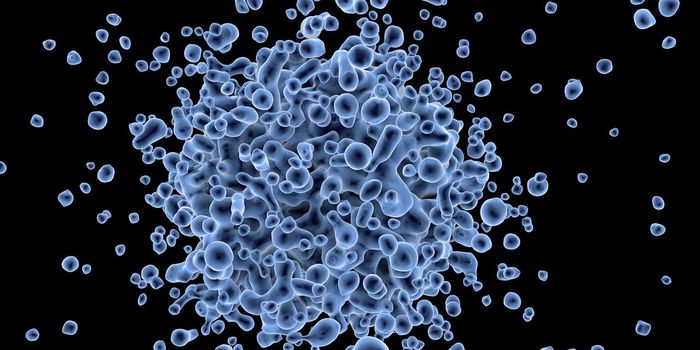
Combination therapies, or "drug cocktails," are part of modern anti-cancer treatments today. The more researchers learn about cancer and its lethal impact on the body, the more urgent the need to diversify the arsenal at clinicians' disposal.
Prof. Ronit Satchi-Fainaro, and doctoral students Hemda Baabur-Cohen and Ela Markovsky of Tel Aviv University's Department of Physiology and Pharmacology, Sackler School of Medicine, have developed a patent-pending nanomedical technique to attack and dismantle tumor cells, while staying "beneath the radar" of the body's immune system as the drugs travel through the body. The new research, to be published in the Journal of Controlled Release, demonstrates that this "synergistic" treatment is far more effective and less toxic than traditional chemotherapies or current combination therapies, they claim.
"For the first time, we conducted a systematic study to determine the requirements for a combination of biological materials and drugs: their different mechanisms of action, different toxicity profiles and distinct defense mechanisms - acquired resistance - of tumor cells in response to them," said Prof. Satchi-Fainaro. "With these three criteria in hand, we were able to set the precise ratio of drugs required to be synergistically effective but not harmful to the body."
Prof. Satchi-Fainaro and her team leveraged the performance and toxicity of two common chemotherapy drugs - doxorubicin (DOX) and paclitaxel (PTX) - to produce the best combined ratio. Once an effective, safe level was established on mice afflicted with human breast cancer, the researchers sought the perfect carrier to safely transport these therapies to their ultimate destination: human cancer cells.
"When combination therapy is used, the drugs do not reach the tumor at the same time," said Prof. Satchi-Fainaro. "Each drug has a different pharmacokinetic profile - that is, a specific interaction between the drug and the body. So we looked for a unique nanocarrier that would bind the drugs and ensure they reach the tumor and release the drugs at the same time."
The researchers chose polyglutamic acid (PGA) as the nanovehicle to transport the two chemotherapies. The PGA-PTX-DOX combination demonstrated a major advantage over a combination of traditional therapies. Furthermore, it was the first time scientists were able to systematically demonstrate a model of combined nanomedicine that also exhibited superior anti-tumor efficacy.
"By putting several passengers in one ‘taxi' made of a polymer, all of them can arrive at the same site at the same time," said Prof. Satchi-Fainaro. "This forces the drugs to share the same pharmacokinetic profile. The nanomedicine we designed is a pro-drug, activated by an enzyme produced in many types of cancers. Once the polymer ‘taxi' is degraded, the drugs are released at the tumor site, facilitating a truly synergistic cooperation".
She continued, "We have developed a system that can be used for different chemotherapies and combined with drugs targeting the tumor microenvironment, such as anti-angiogenic and anti-inflammatory drugs. The applications are truly endless. This system can be exploited for personalized therapy in which we analyze each patient's tumor cells to tailor the right drug combination on the polymer for the cancer. Our aim is to expand our arsenal of anti-cancer weapons while decreasing the toxicity of the chemotherapy drugs used. Our ‘stealth' carriers travel under the radar of the immune system, straight to the tumor and its supporting microenvironment."
 Combination therapies, or "drug cocktails," are part of modern anti-cancer treatments today. The more researchers learn about cancer and its lethal impact on the body, the more urgent the need to diversify the arsenal at clinicians' disposal.
Combination therapies, or "drug cocktails," are part of modern anti-cancer treatments today. The more researchers learn about cancer and its lethal impact on the body, the more urgent the need to diversify the arsenal at clinicians' disposal. 







